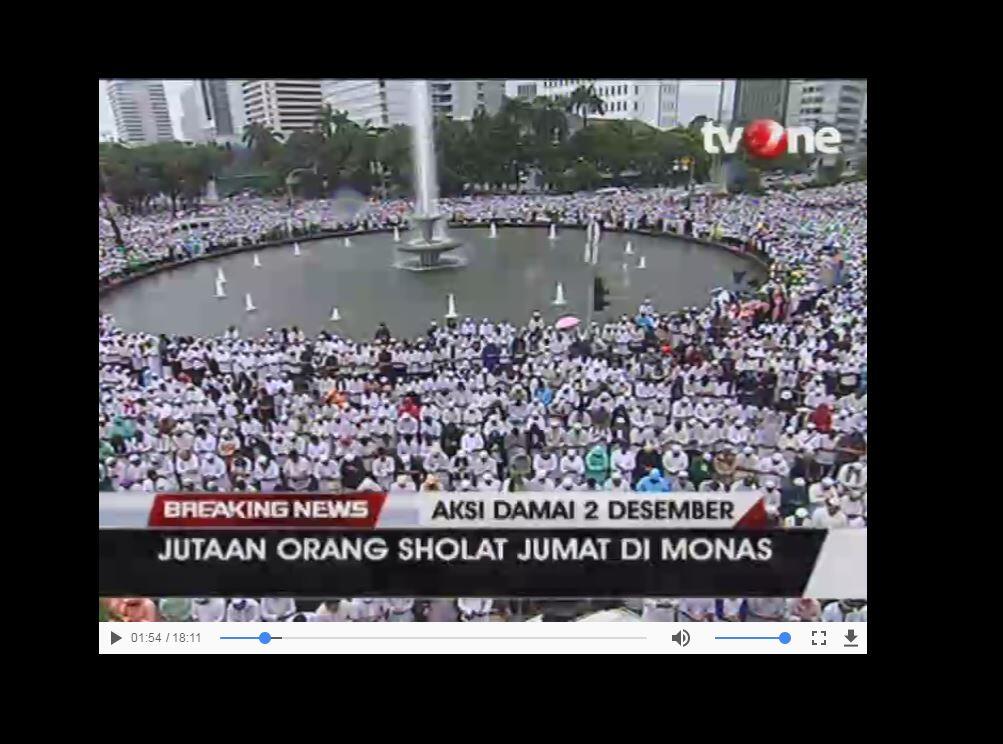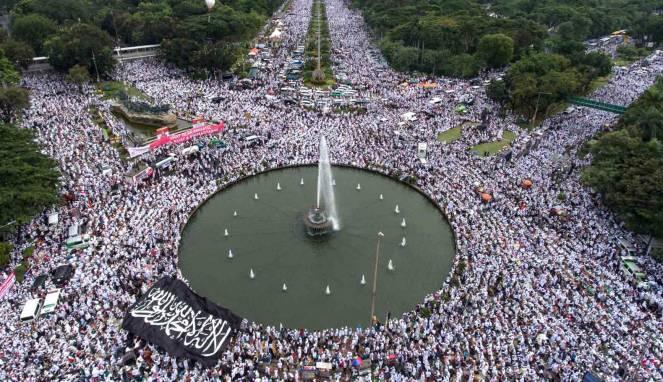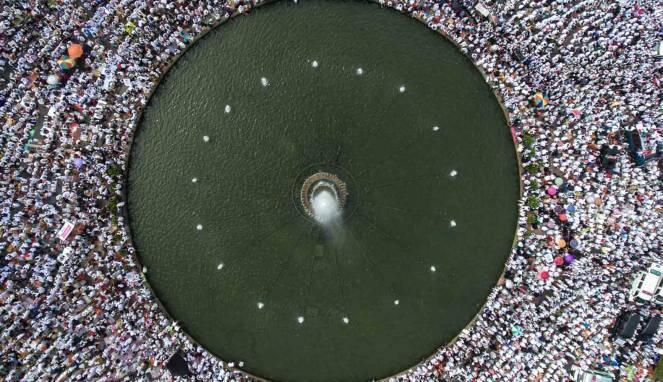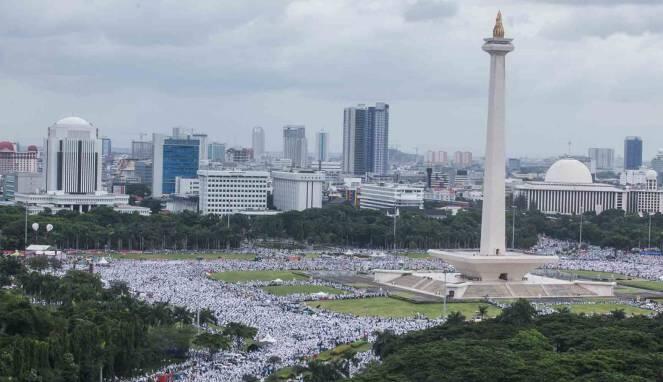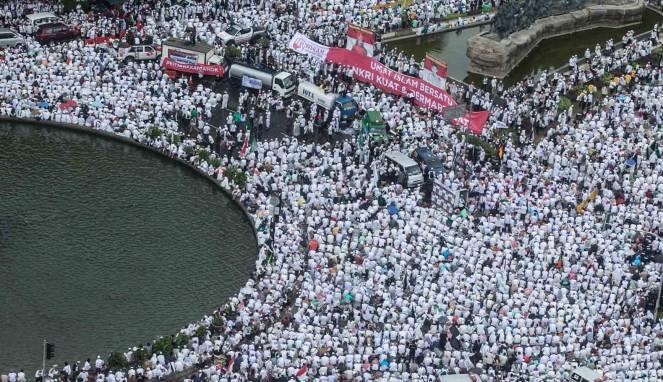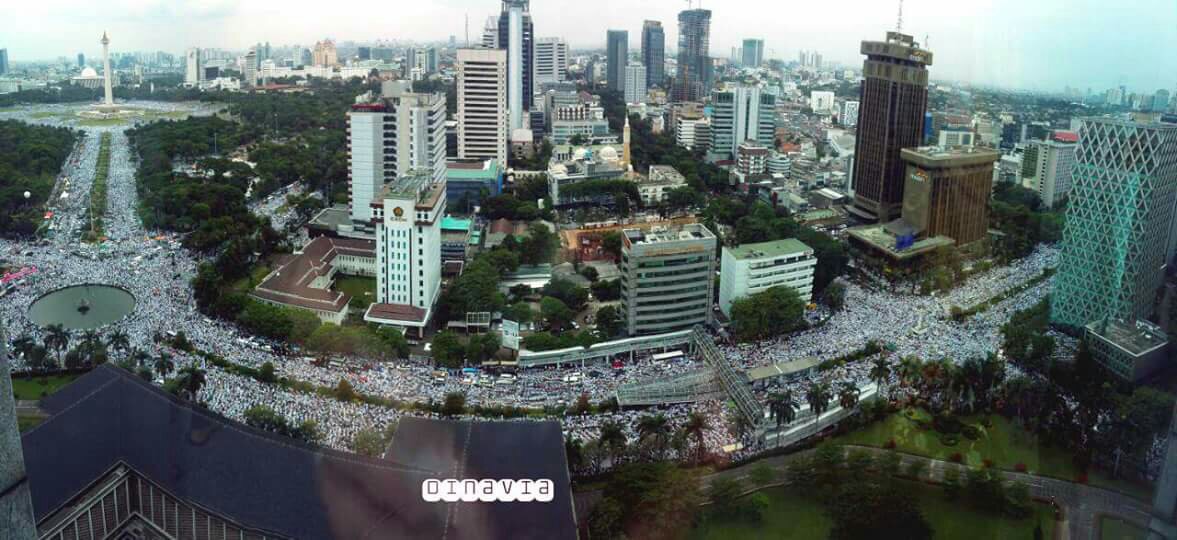“. . until when he (eventually) came to (a land which was the farthest
point eastwards that he could go since there was no land beyond and it
appeared like the end of the Earth) and that the sun was rising from
beyond that land; he found it rising on people for whom We had provided
164
no covering (i.e. perhaps no protection against the sun (climate,
atmospheric pollution etc.) other than the natural covering).
(Qur’ān, al-Kahf, 18:90)
The stretch of land for which we are looking must not only be
bounded on both west and east by two large seas but must also be
geographically characterized by impassable continuous mountain
range. We need to find a series of more or less connected
mountains ranged in a line stretching from the shores of one sea
to the other. Only thus can we accept that the construction of a
barrier blocking a solitary pass between the mountains could
effectively seal off the passage of marauding tribes from one side
of the mountain range to the other side:
“And thus (the barrier was built and Gog and Magog) were unable to
scale it and neither were they able to penetrate it (by digging a hole
through it) (and these had to be the only two options available to them
since Dhul Qarnain proceeded to declare that the construction of the
barrier was an act of Divine Kindness, i.e. implying that mankind was
henceforth safe from the ravages of Gog and Magog).”
(Qur’ān, al-Kahf, 18:97)
Dhul Qarnain used the Arabic word Radmun to describe the
barrier which he was going to construct. While Saddun in Arabic
means barrier, Radmun implies a construction which fills up a
space akin to a dam. Let us repeat; we must look for a geographical
region North of the Holy Land which is bounded on both west and
east by large seas, with the Western sea characterized by a dark
color. Between those two seas there must be a continuous
unbroken impassable mountain range that is relieved by a single
gap or mountain pass allowing passage of people from north to
south and vice versa. The Qur’ān has described the very shape of
the two sides of that mountain pass to be akin to an open sea-shell,
i.e. the two sides of an open sea-shell that are joined at the bottom
and separated at the top:
“Bring me ingots of iron!” Then, after he had (piled up the iron and)
filled the gap between the two mountain-sides (shaped like two sides
of an open sea-shell), he said, “(Light a fire and) ply your bellows!”
At length, when he had made it (glow like) fire, he commanded:
“(Now place the copper in the fire and then) bring me molten copper
which I may pour upon it . . . .”
(Qur’ān, al-Kahf, 18:96)
When we search north of the Holy Land for large bodies of
water we immediately dismiss the Mediterranean Sea and the area
east of that sea since they do not fit any of the above descriptions.
That leaves only one other possible answer; and it fits all the
descriptions perfectly.
North of the Mediterranean Sea is the ‘Black Sea’. A possible
explanation for the name ‘Black Sea’ is located in the unusually
dark color of its deep waters. Being further north than the
Mediterranean and much less saline, the microalgae concentration
is much richer causing the dark color. Underwater visibility in the
Black Sea is much less than the Mediterranean Sea. The satellite
photograph of the Black Sea in Map 1 below readily depicts that
dark color. It should therefore be quite clear that the Sea to the
West in Dhūl Qarnain’s travels cannot be other than the Black Sea
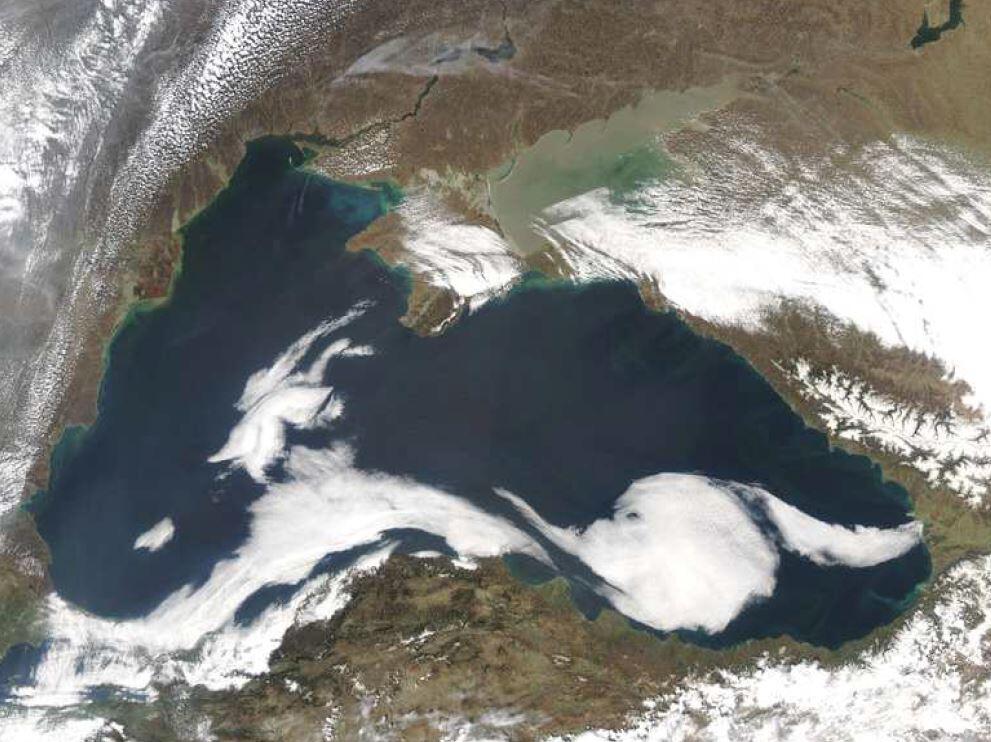
Once we recognize the Black Sea to be the sea located at the
Western end of Dhūl Qarnain’s travel, the sea to the right would
then be the Caspian Sea
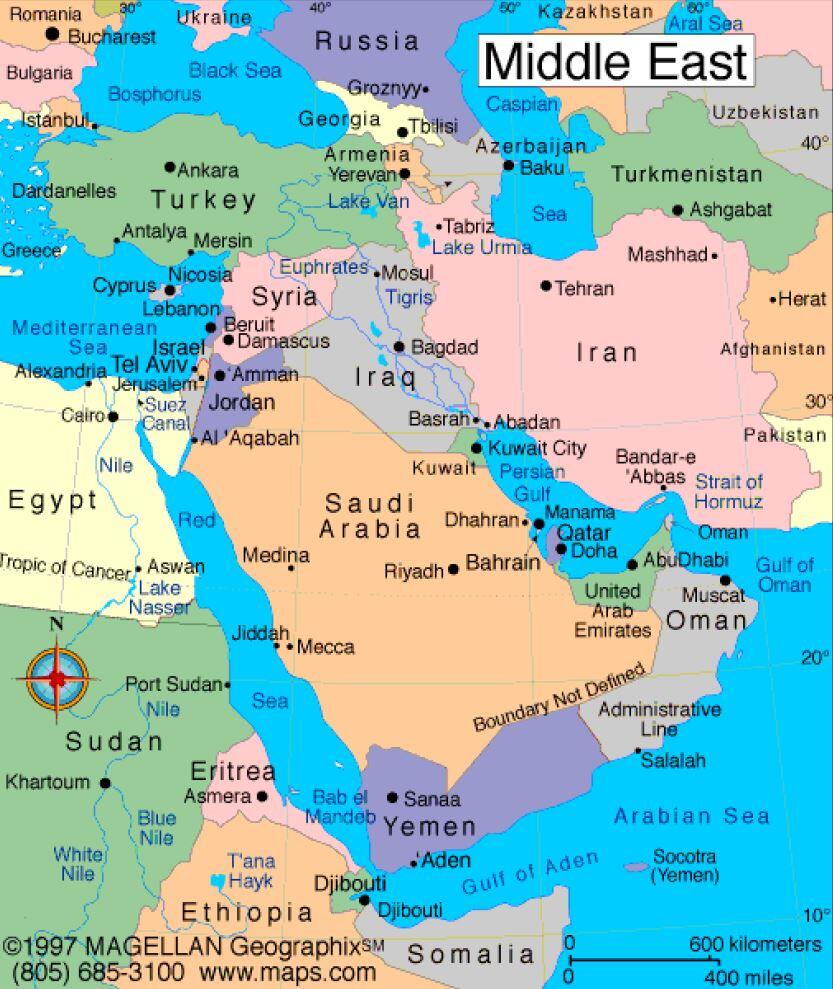
In between these two seas are located the Caucasus
Mountains. Indeed this mountain range stretches from one sea to
the other and in the process it separates Europe from Asia
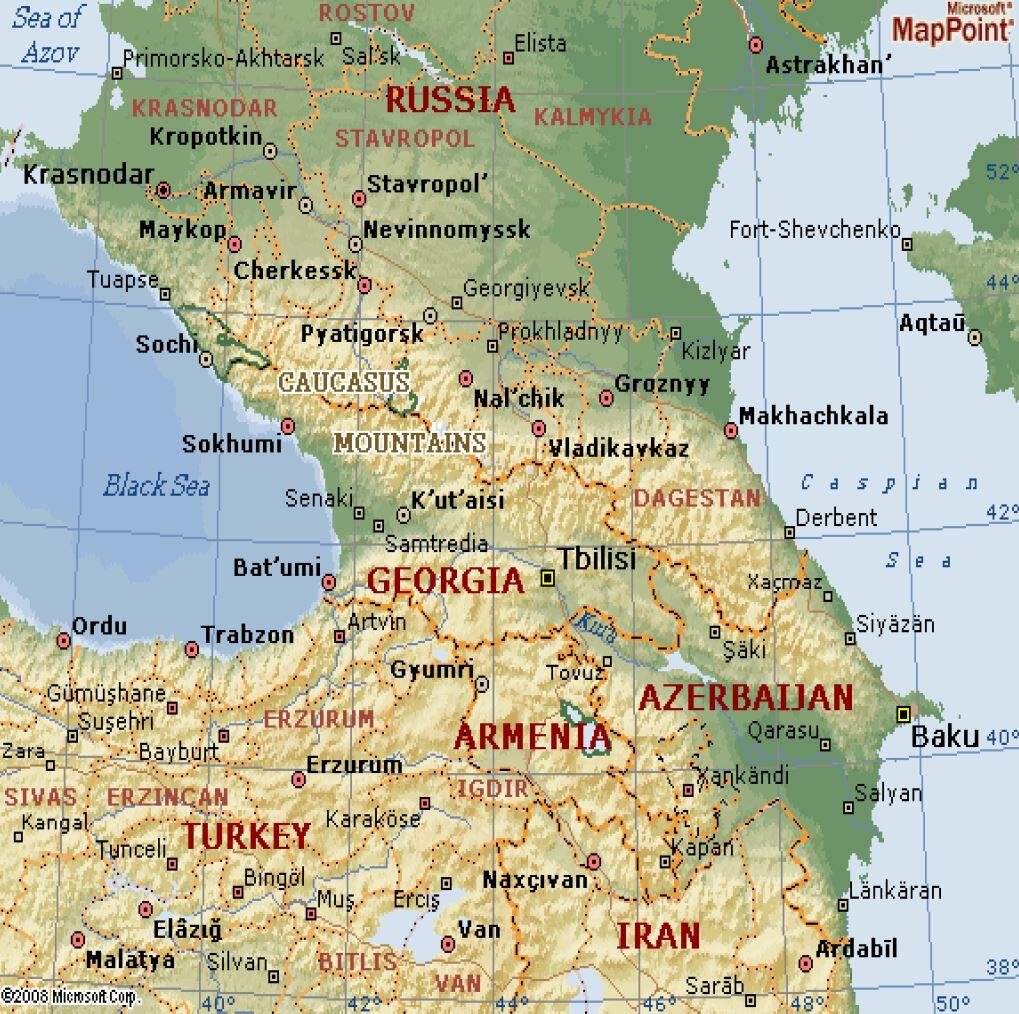
Now that we have located the two seas as well as the
mountain range that extends all the way from one sea to the other,
we have to find a solitary pass between the mountains and
evidence of iron from the ruins of Dhūl Qarnain’s barrier. Sure
enough, the Georgian Military Highway that was built by the
Russians in the 19th century is the only passable road that connects
the area north of the mountains to the southern area. It is the main
169
road running for 220km from Tbilisi in Georgia to Vadikavkaz in
Russia. So named by Tsar Alexander I, this route actually dates
from before the 1st century BC and is still important as one of the
only links to Russia through the Caucasus Mountains.
Information readily available on the internet describes it as “a
spectacular highway, which winds its way through towering
mountains, climbing to above 2300m at the Krestovy pass.
Heading north from Tbilisi one first reaches the medieval fortress
of Ananauri, overlooking the Aragvi river and valley. Nearing the
Russian border, one comes to the town of Kazbegi, overlooked by
the monumental Mount Kazbegi (5033m), the highest peak in the
Georgian Caucasus. The last point is the Daryal Gorge, where the
road runs some kilometres on a narrow shelf beneath granite cliffs
1500m high.” “Daryal was historically important as the only
available passage across the Caucasus and has been long fortified
at least since 150 BC. Ruins of an ancient fortress are still visible.”
We have now located the pass between mountains and it now
remains for an archaeological search to be made for the remains of
the barrier. Dr Tammam Adi has pointed out in personal
correspondence with this writer: “I would expect any leftover
debris (i.e. of the barrier built by Dhūl Qarnain to be at the bottom
of the gorge and to be made of bronze, an alloy of iron and
brass/copper, as the verse clearly states”. We must also look for
evidence of iron ore in and around the region south of the
Caucasus Mountains since that is where the people would have had
to locate the iron to bring pieces or blocks of iron for Dhūl
Qarnain.
The Wekipedia article on Daryal Gorge which incorporates
text from Encylopedia Britannica (11th edition) locates the origin of
the name of the Gorge in Dār-e Alān meaning Gate of the Alans in
Persian. The Gorge, alternatively known as the Iberian Gates or
the Caucasian Gates, is mentioned in the Georgian annals under
the names of Ralani, Dargani, Darialani.” In other words, the name
Daryal has preserved the historical fact of some form of a barrier
constructed from metal that once existed in that Gorge.
Finally the mountain sides on both sides of the Daryal Gorge
are shaped like two sides of an open sea-shell exactly as described
by the Qur’anic word Sadafain. Here are photographs of the Daryal
Gorge taken 1872:
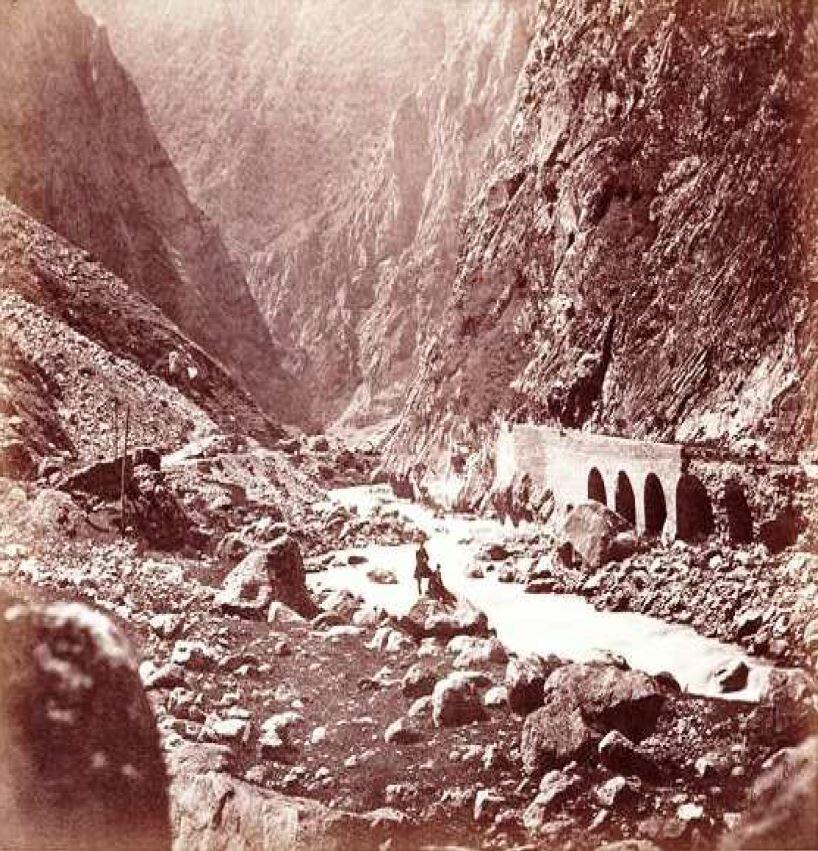
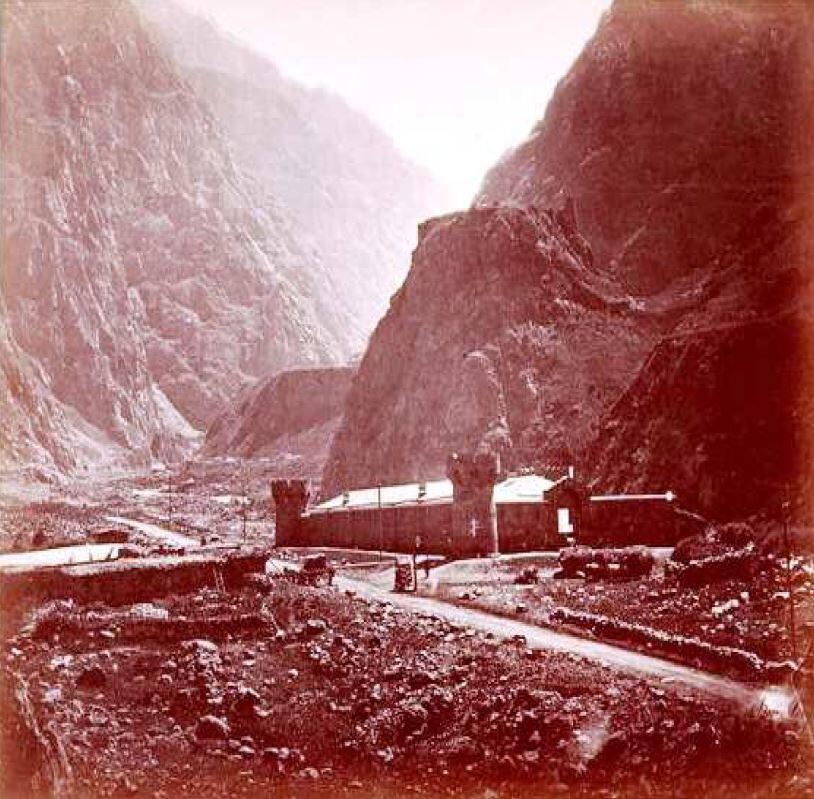
Here is a photograph of an open shell showing its
sadafain i.e. two sides joined at the bottom and separated at
the jagged top, and then two more photographs which clearly
depict the sadafain or shell-shaped features (i.e. two sides of
an open shell) of the Gorge
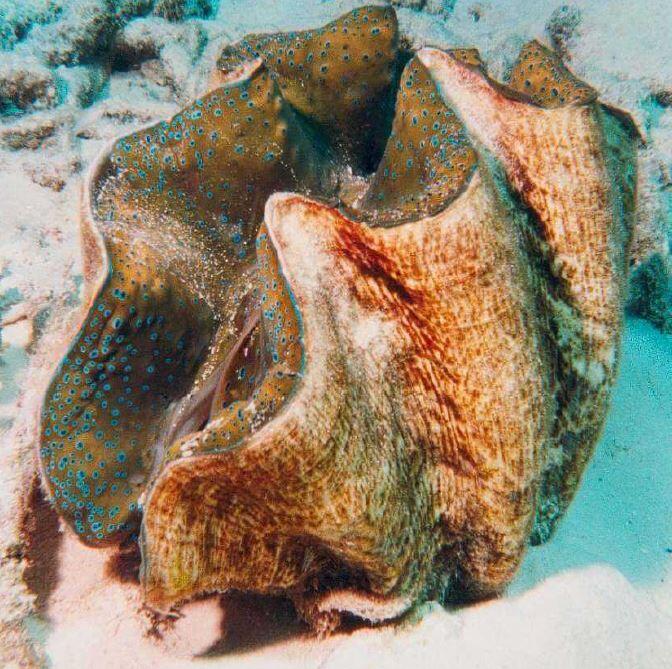
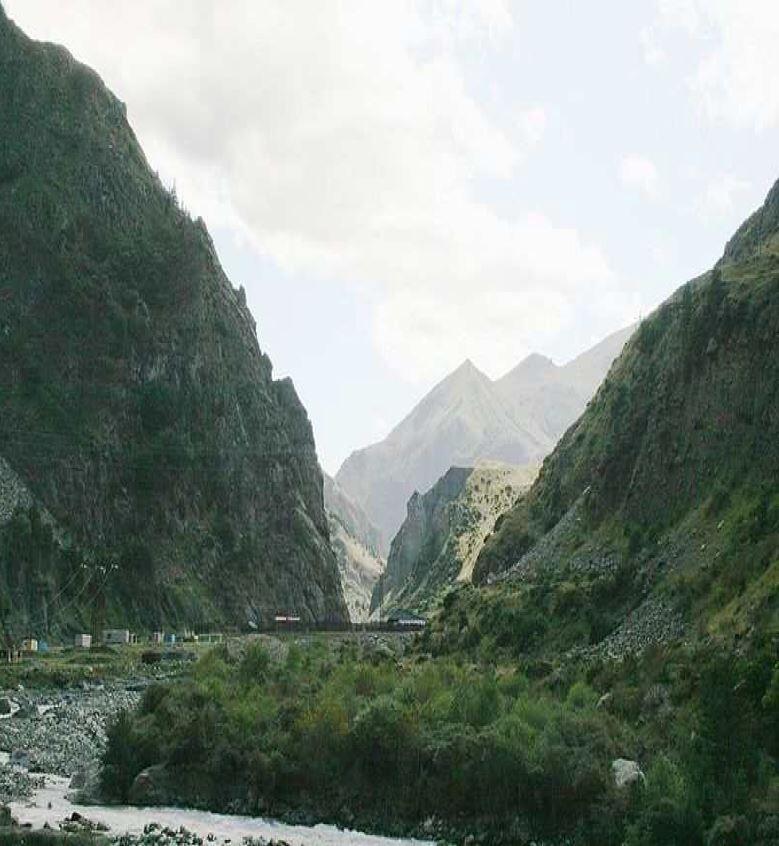
We also have to find a language spoken south of the Caucasus
Mountains, which is different from all the other languages spoken
in and around that region of the then known world. We need to do
so because of Dhūl Qarnain’s experience when he arrived at that
location and found people who could not understand his language:
“(And he marched on) till, when he reached (a pass) between the two
mountain-barriers, he found before them a people who could scarcely
understand anything spoken (i.e. any utterance in his language).
(18:93)
Sure enough, the Georgian language which is spoken south of
the Caucasus Mountains is precisely such a language. It is an
insular pre-Indo-European language with no relatives that has been
spoken for at least 5000 years.
Tembok sudah hancur!




